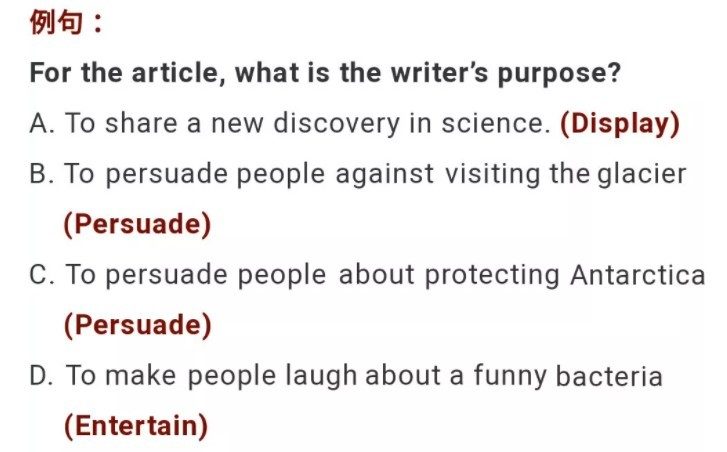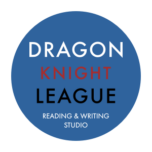Type 1: Main Idea
As a student starts the first round of “browsing” through a text, he/she should quickly write down his/her overall impression about this text: What is the topic? What is the problem? What message is the writer trying to send me?
Type 2: Inferences
First, you get new information from the text, label it as A; then you think of one thing that is already a part of your knowledge, label it as B; now put these two pieces of information together, you can generate new information, labelled as C. Information C is called an “inference”. This skill is written as part of the CCSS requirements, starting at grade 1.

Example: The idea that living things can even live without light or oxygen is still fairly new to science.
A. Scientists have long believed that living things must have light and oxygen. (Correct inference)
B. Scientists are very happy to use this new discovery.
(Incorrect inference, there is no clear indication)
C. Some scientists have talked about other living things without light or oxygen before.
(Incorrect inference, there is no clear indication)
Type 3: Purpose
Why does the author want to write this text? What does she/he want to achieve with the reader?
These are some common purposes:
To display, to persuade, to entertain, or to inform.
Example: For the article above, on living things and the environment, what is the writer’s purpose?

Correct answer: A
Type 4: Word Meaning
Word meaning questions challenge the students at two levels: firstly, if the student has collected certain vocabulary words for non-fiction topics. Secondly, if the student can make an “educated guess” on an unfamiliar word, based on the context clues.
Example: The word “ecosystem” means:
A. A community of living things
B. A group of buildings
C. A group of ideas
D. A system of engineering parts
Correct answer: A.
Type 6: Details
A student is expected to put notes on important details during the second round of reading: “scanning”. The same process can be done backwards: one could read the question first, highlight the “key words” that represent the question, then search for “key words” in the text, and finally locate the answer.

The pool of seawater was trapped under Taylor Glacier because:
A. The sea level was high
B. The Antarctic ice shifted
C. There was a unique type of bacteria
D. The scientists have no theory about the reasons
Correct answer: B
All DKL Insight Articles are original works by DKL Studio.
All Copyrights reserved for Dragon Knight League, LLC.
